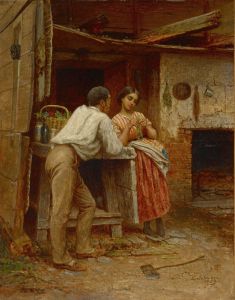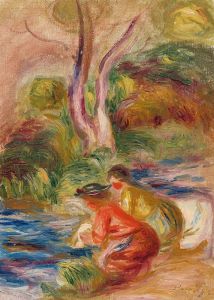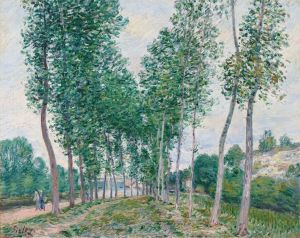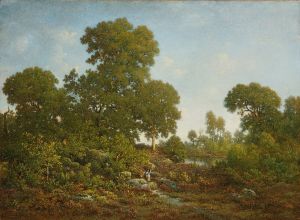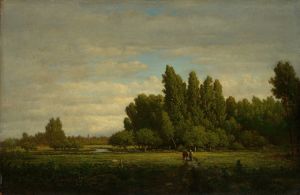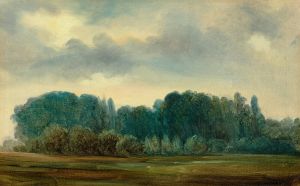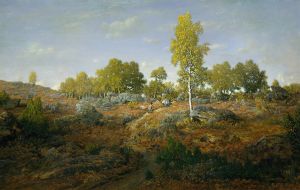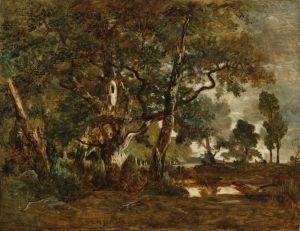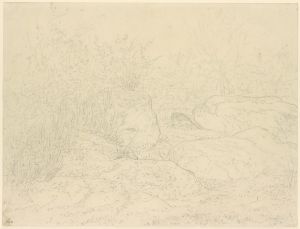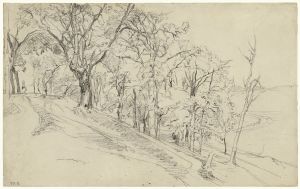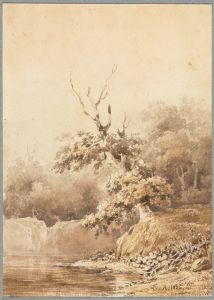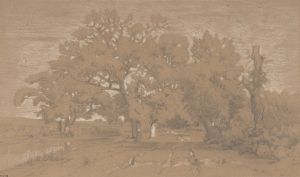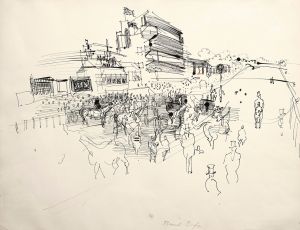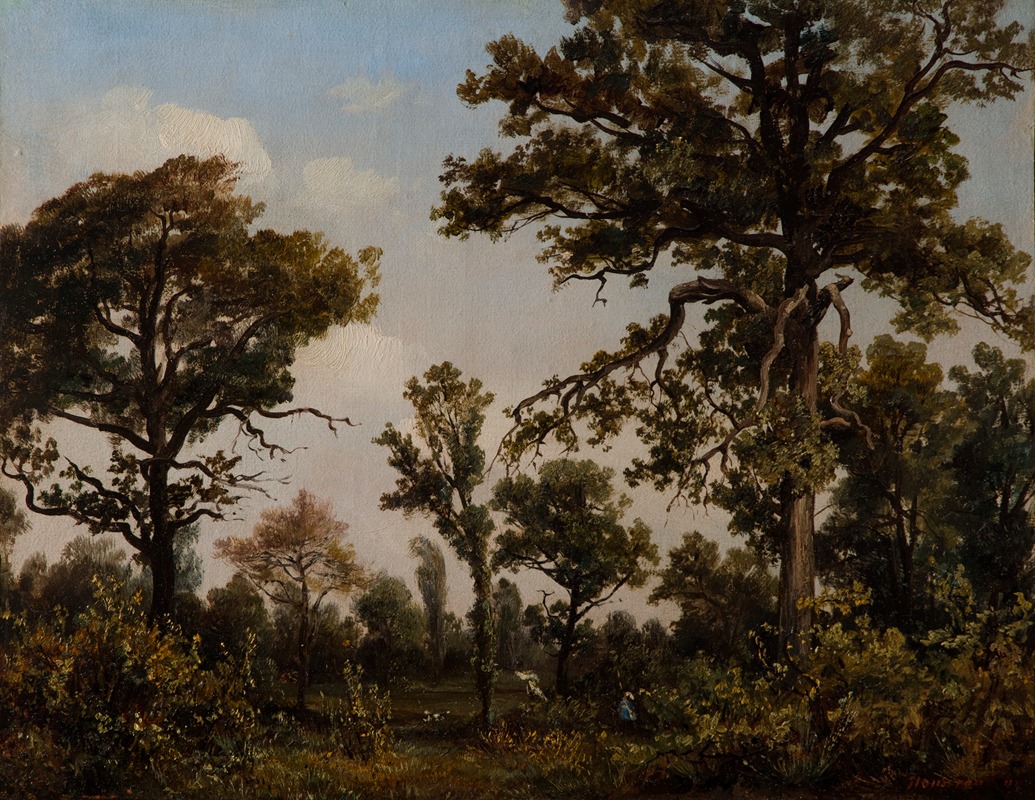
The Large Oak Tree, Forest of Fontainebleau
A hand-painted replica of Théodore Rousseau’s masterpiece The Large Oak Tree, Forest of Fontainebleau, meticulously crafted by professional artists to capture the true essence of the original. Each piece is created with museum-quality canvas and rare mineral pigments, carefully painted by experienced artists with delicate brushstrokes and rich, layered colors to perfectly recreate the texture of the original artwork. Unlike machine-printed reproductions, this hand-painted version brings the painting to life, infused with the artist’s emotions and skill in every stroke. Whether for personal collection or home decoration, it instantly elevates the artistic atmosphere of any space.
Théodore Rousseau's painting "The Large Oak Tree, Forest of Fontainebleau" is a significant work within the Barbizon School, a movement that emerged in France during the mid-19th century. Rousseau, born in Paris in 1812, was a pivotal figure in this movement, which sought to break away from the academic conventions of the time and focus on natural landscapes and rural scenes. The Barbizon School artists were known for their plein air painting techniques, capturing the natural world with a sense of immediacy and realism.
"The Large Oak Tree, Forest of Fontainebleau" exemplifies Rousseau's dedication to depicting the natural environment with meticulous attention to detail and a profound sense of atmosphere. The painting is set in the Forest of Fontainebleau, a location that was a favorite among Barbizon painters due to its diverse landscapes and proximity to Paris. This forest provided a rich tapestry of natural elements, from dense woodlands to open glades, which offered endless inspiration for artists like Rousseau.
In this particular work, Rousseau focuses on a majestic oak tree, which dominates the composition. The tree is rendered with intricate detail, showcasing the artist's skill in capturing the texture of bark and the play of light and shadow on the leaves. The oak tree stands as a symbol of strength and endurance, reflecting Rousseau's appreciation for the timeless beauty of nature. The surrounding forest is depicted with a lushness that conveys the vibrancy of the ecosystem, inviting viewers to immerse themselves in the tranquility of the scene.
Rousseau's technique in this painting is characterized by his use of a naturalistic palette and careful brushwork, which together create a sense of depth and realism. His approach to light and shadow enhances the three-dimensionality of the scene, drawing the viewer's eye into the heart of the forest. The composition is balanced, with the large oak tree serving as a focal point, while the surrounding foliage and undergrowth provide a harmonious backdrop.
The painting reflects Rousseau's broader artistic philosophy, which emphasized a deep connection to nature and a commitment to capturing its essence without idealization. This approach was in contrast to the more romanticized landscapes that were popular in academic circles at the time. Rousseau and his contemporaries in the Barbizon School sought to portray the natural world with honesty and reverence, paving the way for later developments in landscape painting, including the Impressionist movement.
"The Large Oak Tree, Forest of Fontainebleau" is not only a testament to Rousseau's skill as a painter but also a reflection of the broader cultural and artistic shifts occurring in 19th-century France. The Barbizon School's focus on naturalism and direct observation of the environment influenced subsequent generations of artists and contributed to a growing appreciation for landscape painting as a serious and respected genre.
Today, Rousseau's work is celebrated for its contribution to the evolution of landscape art and its role in challenging the artistic norms of its time. "The Large Oak Tree, Forest of Fontainebleau" remains an enduring example of his legacy, capturing the serene beauty of the natural world with a timeless elegance that continues to resonate with audiences.





